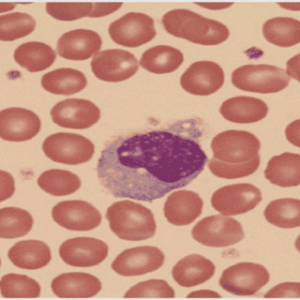(Downloads - 0)
For more info about our services contact : help@bestpfe.com
Table of contents
I Introduction
1 Overview
1.1 Introduction
1.2 Methods for the analysis of DNA copy number proles
1.3 Biostatistical analysis of the transcriptomic Curie-Servier dataset
1.4 Conclusion
2 A small introduction to Triple Negative Breast Cancers
2.1 Breast cancers
2.2 Triple Negative and Basal-like breast cancers
2.3 Breast tumors of the Curie-Servier cohort
II Genomic Analysis
3 Chromosome aberrations
3.1 Some technologies to study genomic rearrangements
3.2 DNA copy number proles of SNP and CGH arrays
3.3 An overview of CGH data analysis
4 Normalization of DNA copy number proles
4.1 Short overview of microarray normalization
4.2 Specicities of tumor DNA copy number prole normalization
4.3 Normalization of Aymetrix Genechip 50K and 250K SNP arrays
4.4 Paper: ITALICS
5 Segmentation of DNA copy number proles
5.1 A piecewise constant model for the analysis of DNA copy number proles
5.2 The CGHseg methodology
5.3 Assessing the quality of a given segmentation
5.4 Paper: Exploration of the segmentation space
5.5 Optimal computational scheme for large DNA copy number proles
5.6 Paper: Pruned dynamic programming for segmentation
6 Analysis of the Curie-Servier Genomic dataset
6.1 Genomic alterations in breast cancers and in TNBC
6.2 Analysis of the genomic Curie-Servier dataset
III Transcriptomic Analysis
7 Introduction
8 Experimental Design
8.1 A small introduction to experimental design
8.2 Design of the transcriptomic experiment
9 Pre-processing
9.1 Probe annotation
9.2 Normalization
10 Exploratory Analysis
10.1 Validation of the pre-processing step
10.2 A robust classication of breast tumors, but no intrinsic gene list?
11 Comparison of TNBC with other tumor types
11.1 Gene by gene dierential analysis
11.1.1 Statistical testing
11.1.2 Other lters
11.1.3 Paper: Frequent PTEN genomic alterations
11.1.4 Paper: Formins regulate tumor cell invasion
11.2 Pathway by pathway dierential analysis
11.2.1 Paper: Reactive oxygen species (ROS) control myobroblast and metastases
11.2.2 An overview of the Wnt pathway in breast cancers
11.2.3 Transcriptomic statistical analysis of the Wnt pathway
IV Conclusion
A A few more papers
A.1 DNA Breakpoints to Dene True Recurrences Among Ipsilateral Breast Cancers
A.2 Genome Alteration Print (GAP)



